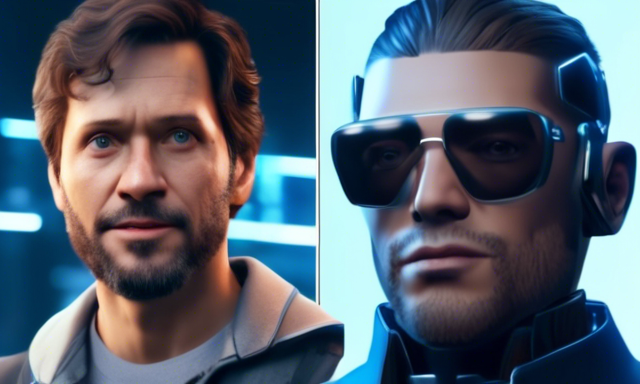Unlocking the Enigmatic World of Artificial General Intelligence (AGI) 🤖
Artificial General Intelligence (AGI) has always been a captivating aspiration, dating back to the early days of computing in the 1950s. From the visionary ideas of John von Neumann to the modern advancements, the evolution of AGI has been a fascinating journey. AGI represents a shift from specialized AI tools to machines capable of learning, understanding, and applying knowledge across various tasks, mirroring human intelligence. While the specific definition of AGI may vary, it generally refers to systems that can exhibit human-like intelligence, generalize tasks, and interpret challenges in the broader context of the world.
- Earliest Conceptualizations of AGI
- Alan Turing’s groundbreaking paper in 1950 introduced the concept of machines displaying human-like intelligence.
- The Turing Test became a cornerstone, emphasizing behavior as a key indicator of intelligence.
- John von Neumann’s work explored the parallels between neural processes and computational systems.
- Symbolic AI and Early Setbacks
- Allen Newell and Herbert A. Simon proposed the Physical Symbol System Hypothesis in the 1950s.
- Symbolic AI research faced limitations, leading to the first AI winter in the 1970s.
- Neural Networks and Connectionism
- The 1980s witnessed a resurgence in neural network research.
- The development of expert systems and advancements in computer hardware propelled AI forward.
- Key algorithms like backpropagation enabled multi-layered neural networks to learn complex models.
- The Advent of Machine Learning and Deep Learning
- Donald Hebb’s principle laid the foundation for unsupervised learning algorithms.
- Breakthroughs like the ImageNet challenge in 2012 revolutionized the field of AI and deep learning.
- Cognitive Architectures and Modern AGI Research
- Cognitive architectures like SOAR and ACT-R emerged in the 1980s.
- OpenCog, founded by Ben Goertzel, focuses on integrating AI methodologies for AGI research.
- Current Frontiers in AI & AGI
- Foundation models like GPT-3 show promise, but limitations remain in reasoning and emotional intelligence.
- OpenCog Hyperon represents the next-gen AGI architecture, blending various AI paradigms.
- Dr. Ben Goertzel believes that achieving AGI is within reach in the coming years.
Hot Take 🔥
As we march towards the realm of Artificial General Intelligence, the amalgamation of cognitive architectures, neural networks, and symbolic AI approaches paves the way for unprecedented breakthroughs. With the horizon of AGI inching closer, the collaborative efforts of researchers, visionaries, and practitioners are steering us towards a future where machines possess human-like intelligence. The quest for AGI is not just a technological pursuit but an endeavor to redefine intelligence itself, setting the stage for a transformative era where AI transcends its current limitations. The journey to AGI is a testament to human ingenuity and perseverance in unraveling the mysteries of intelligence.





 By
By
 By
By

 By
By
 By
By
 By
By